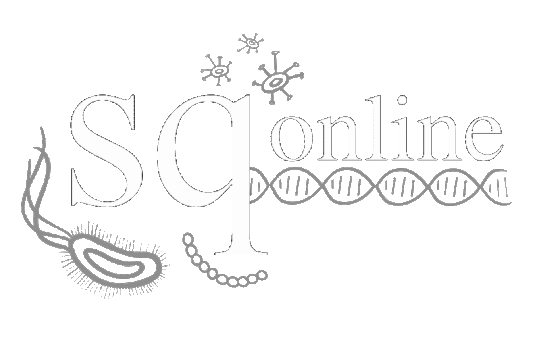By Oliver Engel | Blogger | SQ Online (2013-2014)
When we consider the very basics of science, we realize that at its core, science is art. The purpose of science is to look for patterns, structure, function, and meaning, and art does exactly that. But at the same time, art is also a science: we make art to explain and understand that which cannot be expressed by words alone.
This connection has been recognized throughout the history of science, and has been crucial for many scientific observations and discoveries. In the 1920s, a physicist named Niels Bohr remarked that “when it comes to atoms, language can be used only as in poetry,” suggesting that there are some phenomena that transcend the boundaries of conventional language, and must be expressed through art.
A contemporary artist named Damien Hirst perfectly embodies Bohr’s idea of a science that transcends ordinary communication: his works feature rotting animals, live insects, and other gruesome components in order to explore the unfathomable. One of his most well-known pieces is entitled The Physical Impossibility of Death in the Mind of Someone Living, a preserved tiger shark suspended in a vitrine, pictured below. Hirst takes the concept of death and represents it in a comprehensible manner, much like how scientists take concepts and form theories to explain them.
Just as art takes cues from science, science must also look to art, especially when it comes to processes that we can only imagine are occurring. The TED talk below is a fascinating and innovative example of this: a scientist named Drew Berry creates computer-generated models for biological processes that occur on the molecular scale. One animation focuses on DNA replication, supplying an accurate and captivating view of what is really happening in our cells. You can read about DNA replication all you want, but without the artistic representations found in textbooks and other works, the concept would be essentially meaningless. This is why art is so crucial to science: it creates tangible from the intangible, and gives meaning to the meaningless. An array of scientific facts will only accomplish so much–only when they are synthesized and connected will they give value to what we are trying to explain and understand.
Since we’re all UCSD students, it only makes sense to mention a scientist from our very own Scripps Research Institute! David Goodsell is a professor of molecular biology at Scripps who creates scientifically accurate and explanatory artistic representations of biological phenomena, from muscle proteins to the HIV virus. In pictures, Goodsell captures core concepts of scientific inquiry and creates a medium through which we can anchor our abstract understanding. He has a small database of his works here.
I have noticed that oftentimes, people I talk to do not recognize this crucial connection between art and science. Science, for many people, is a concrete set of ideas and explanations about what is happening around us. But science is so much more than that: it is a fluid, evolving study that aims to reflect reality through representations that we can quantify. Language can only contribute so much to science, and so science turns to art as a universal means of communication. Anyone can look at a piece of art and draw from it a deeper understanding than from words alone. And at the same time, art often looks to science to create meaning and significance and evoke thought, toying with the way we learn and comprehend our existence and experiences. In a sense, we are all artists, existing to create and communicate what we know and how we know it.
Sources / Additional Reading
Article on the future of science and art from Seed Magazine
Showcase of various pieces of biologically-inspired artwork
TED talk on representing molecular biology through computer-generated graphics
Molecular biology illustrations by David Goodsell
